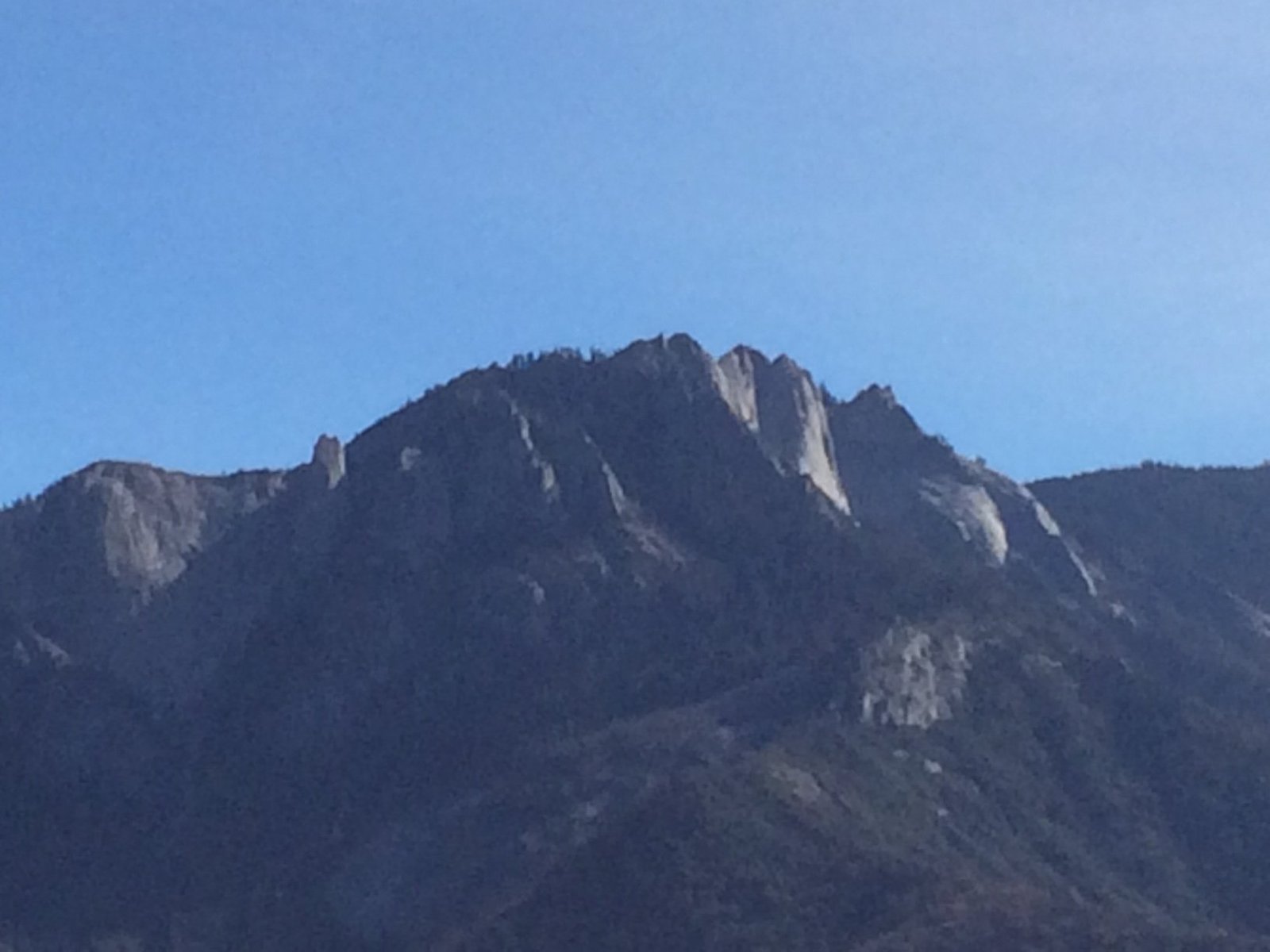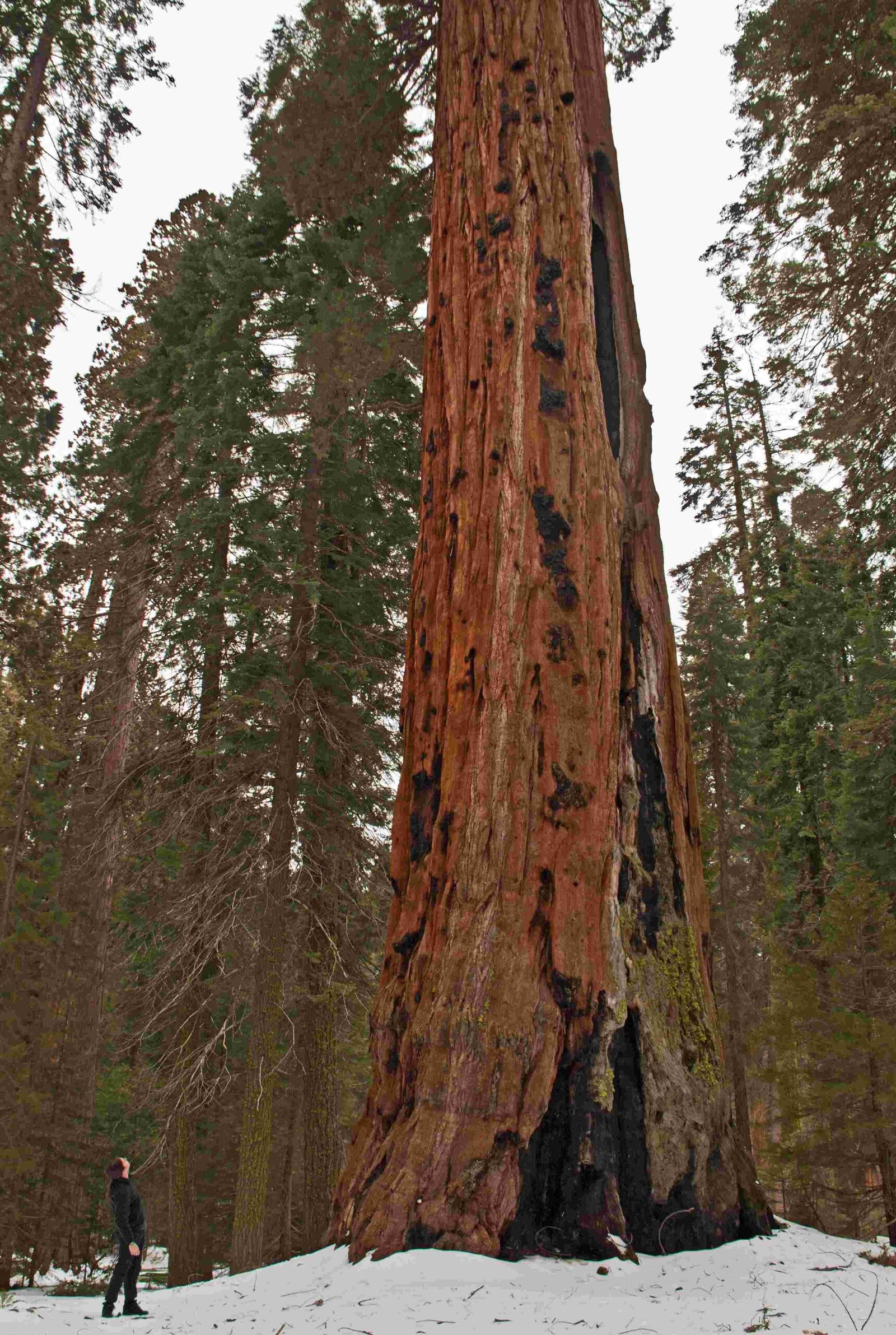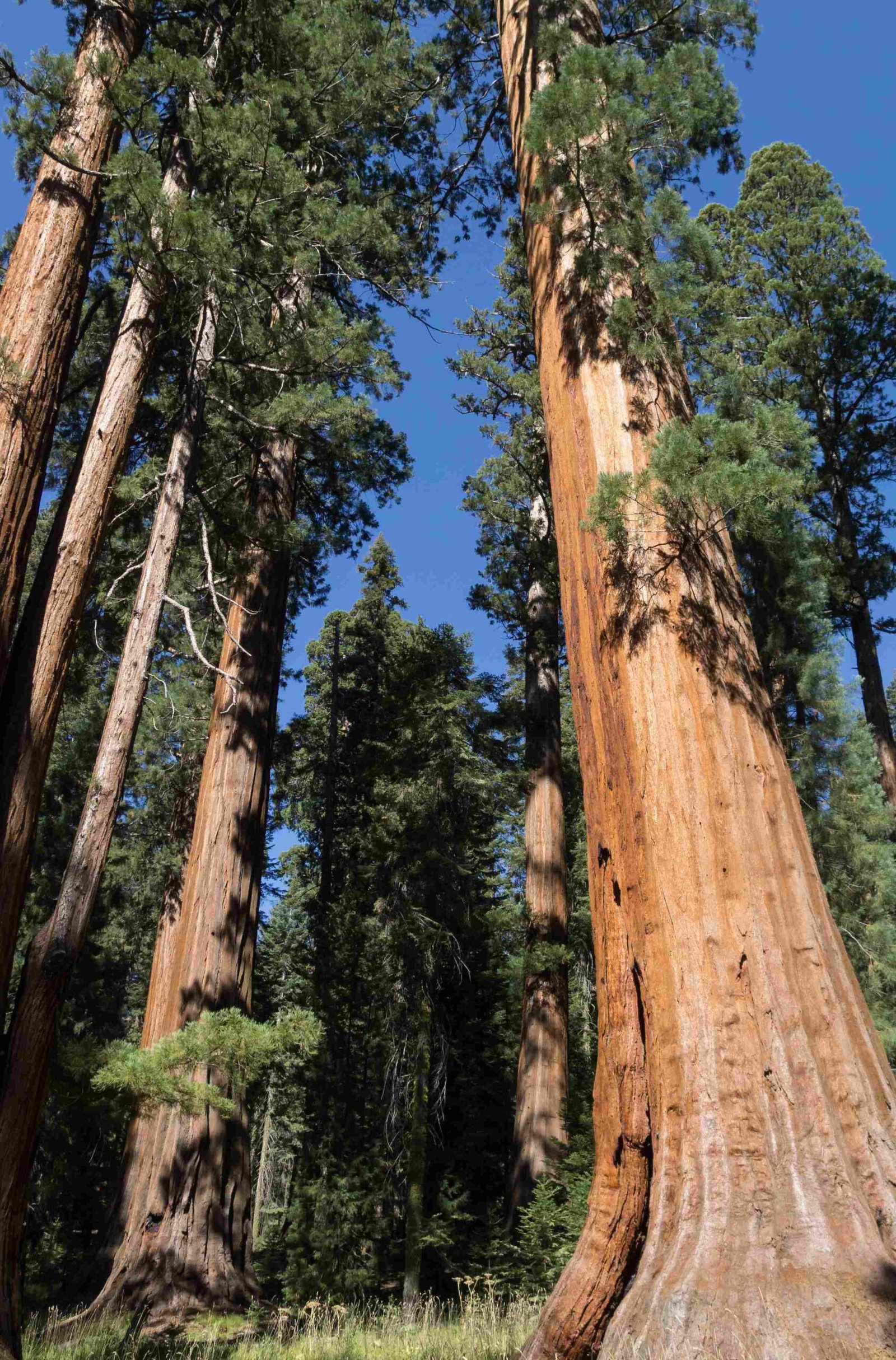Sequoia National Park offers breathtaking hikes to various peaks, showcasing the park’s stunning landscapes and giant sequoias. From challenging ascents to panoramic vistas, these peak hikes provide unforgettable experiences for outdoor enthusiasts. This guide explores the best hikes to peaks in Sequoia National Park, including trail details, difficulty levels, and essential tips for a safe and enjoyable adventure.
What Are the Most Popular Peak Hikes in Sequoia National Park?

Sequoia National Park boasts several iconic peak hikes that offer stunning views and unique experiences. Here are some of the most popular:
- Moro Rock
- Distance: 0.6 miles round trip
- Elevation Gain: 300 feet
-
Difficulty: Moderate
-
Alta Peak
- Distance: 13.7 miles round trip
- Elevation Gain: 4,000 feet
-
Difficulty: Strenuous
-
Little Baldy
- Distance: 3.4 miles round trip
- Elevation Gain: 700 feet
-
Difficulty: Moderate
-
Mount Whitney
- Distance: 22 miles round trip
- Elevation Gain: 6,100 feet
-
Difficulty: Very Strenuous
-
Paradise Peak
- Distance: 7 miles round trip
- Elevation Gain: 2,742 feet
- Difficulty: Moderate to Challenging
How Do I Prepare for Peak Hikes in Sequoia National Park?

Proper preparation is crucial for a safe and enjoyable peak hiking experience in Sequoia National Park. Here are some essential tips:
-
Physical Conditioning: Start a fitness routine several weeks before your trip, focusing on cardio and leg strength.
-
Gear Checklist:
- Sturdy hiking boots
- Layered clothing
- Sun protection (hat, sunscreen, sunglasses)
- First aid kit
- Navigation tools (map, compass, GPS)
-
Plenty of water and snacks
-
Acclimate to Altitude: Spend a day or two at lower elevations in the park before attempting high-altitude peak hikes.
-
Check Weather and Trail Conditions: Always check the latest forecasts and trail reports before setting out.
-
Inform Others: Let someone know your hiking plans and expected return time.
What Are the Best Seasons for Peak Hikes in Sequoia National Park?
The best seasons for peak hikes in Sequoia National Park are typically late spring through early fall. Here’s a breakdown:
| Season | Pros | Cons |
|---|---|---|
| Spring (May-June) | Wildflowers, cooler temperatures | Some trails may still have snow |
| Summer (July-August) | All trails accessible, long daylight hours | Crowded, hot at lower elevations |
| Fall (September-October) | Mild weather, fall colors | Shorter daylight hours, potential early snow |
| Winter (November-April) | Solitude, snow-covered landscapes | Many trails inaccessible, specialized gear required |
What Wildlife Might I Encounter on Peak Hikes?
Sequoia National Park is home to diverse wildlife. While hiking to peaks, you might encounter:
- Black bears
- Mule deer
- Marmots
- Golden eagles
- Clark’s nutcrackers
Remember to maintain a safe distance from all wildlife and never feed animals. Carry bear spray and know how to use it, especially in bear country.
How Can I Practice Leave No Trace Principles on Peak Hikes?
Preserving the natural beauty of Sequoia National Park is crucial. Follow these Leave No Trace principles:
- Plan ahead and prepare
- Travel and camp on durable surfaces
- Dispose of waste properly
- Leave what you find
- Minimize campfire impacts
- Respect wildlife
- Be considerate of other visitors
What Are the Most Challenging Peak Hikes in Sequoia National Park?
For experienced hikers seeking a challenge, Sequoia National Park offers several demanding peak hikes:
-
Mount Whitney: The highest peak in the contiguous United States, this hike requires a permit and extensive preparation.
-
Alta Peak: A strenuous day hike with significant elevation gain and breathtaking views of the Great Western Divide.
-
Sawtooth Peak: Located in Mineral King, this challenging hike offers stunning alpine scenery.
-
Eagle Lake and Mosquito Lakes Trail: A difficult trek to high-altitude lakes with the option to summit Black Rock Pass.
-
Timber Gap: A steep climb with rewarding views of the Mineral King Valley.
How Do I Stay Safe on Peak Hikes in Sequoia National Park?
Safety should be your top priority when hiking peaks in Sequoia National Park. Follow these guidelines:
-
Stay Hydrated: Drink plenty of water and bring a water filtration system for longer hikes.
-
Watch for Altitude Sickness: Symptoms include headache, nausea, and dizziness. Descend immediately if symptoms persist.
-
Be Bear Aware: Store food properly and make noise while hiking to avoid surprising bears.
-
Navigate Carefully: Carry a map and compass, and know how to use them. Don’t rely solely on electronic devices.
-
Check in with Rangers: Get the latest trail and weather information from park rangers before your hike.
-
Hike with a Buddy: It’s safer to hike with at least one other person, especially on challenging trails.
-
Know Your Limits: Turn back if weather conditions worsen or you feel unsafe.
What Are Some Lesser-Known Peak Hikes in Sequoia National Park?
While popular peaks attract crowds, Sequoia National Park offers several lesser-known peak hikes for those seeking solitude:
-
Mitchell Peak: A challenging day hike with panoramic views of the Great Western Divide.
-
Lookout Peak: A moderate hike with views of the Kaweah River drainage and the Great Western Divide.
-
Marble Falls: Not a peak, but a challenging hike to a beautiful waterfall with great views along the way.
-
Garfield Grove: A strenuous hike through a less-visited sequoia grove with the option to reach Garfield Peak.
-
Homers Nose: A short but steep hike to a granite dome with 360-degree views of the surrounding wilderness.
Remember to check trail conditions and obtain necessary permits for these less-traveled routes.
How Can I Capture the Best Photos on Peak Hikes?
Sequoia National Park’s peak hikes offer incredible photography opportunities. Here are some tips for capturing stunning images:
-
Golden Hours: Plan to be at viewpoints during sunrise or sunset for the best light.
-
Wide-Angle Lens: Bring a wide-angle lens to capture expansive vistas.
-
Tripod: Use a lightweight tripod for sharp images in low light conditions.
-
Composition: Use foreground elements like rocks or trees to add depth to your landscape shots.
-
Panoramas: Learn how to shoot and stitch panoramic images to capture the full scope of the views.
-
Weather: Dramatic weather can create stunning photo opportunities, but always prioritize safety.
-
Leave No Trace: Remember to practice responsible photography and avoid damaging sensitive areas for the sake of a shot.
By following these guidelines and respecting the natural environment, you’ll be well-prepared to enjoy the magnificent peak hikes that Sequoia National Park has to offer. Whether you’re seeking a challenging ascent or a moderate climb with rewarding views, the park’s diverse landscape provides unforgettable hiking experiences for all skill levels.
References:
1. National Park Service – Sequoia & Kings Canyon
2. AllTrails – Sequoia National Park
3. Hiking Project – Sequoia National Park
4. Leave No Trace Center for Outdoor Ethics

